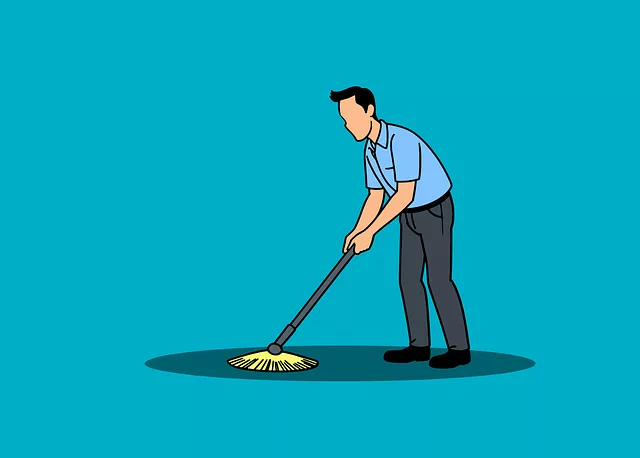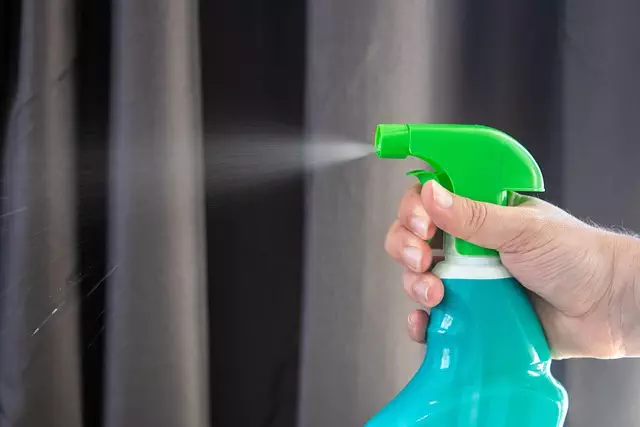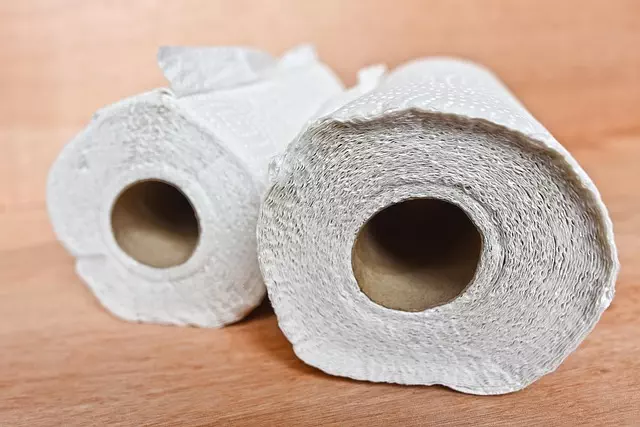Maintaining clean kitchen floors is crucial for food safety, hygiene, and overall kitchen aesthetics. Regular cleaning prevents bacterial growth, cross-contamination, and extends flooring lifespan. Professional services use specialized equipment and eco-friendly solutions to deep clean and disinfect various floor types, such as ceramic tiles, vinyl, concrete, and wood. Proper equipment, like vacuums, scrubbers, and mops, along with a systematic approach, ensures thorough cleaning. Tailored cleaning methods for different stains and odors, along with regular maintenance, prevent wear and tear. Optimizing kitchen floor cleaning involves using correct solutions, consistent mopping, quick spill cleanup, and preventative measures to prolong flooring life.
A clean kitchen is the cornerstone of any successful culinary operation, and the floor is a critical element. Professional kitchen floor cleaning goes beyond surface aesthetics; it’s about maintaining hygiene, safety, and efficiency. This comprehensive guide explores everything from understanding the importance of clean floors to mastering deep cleaning techniques, effective stain removal, and preventive care. Learn how to navigate different floor types, equip yourself with essential tools, and avoid common mistakes for optimal kitchen floor maintenance.
Understanding the Importance of Clean Kitchen Floors

Maintaining clean kitchen floors is an essential aspect of food safety and hygiene, which is crucial for any professional kitchen. The floor is a critical surface that comes into direct contact with food, utensils, and equipment, making it prone to bacterial growth and cross-contamination. Regular kitchen floor cleaning not only prevents the spread of germs but also extends the lifespan of your flooring, ensuring a safe and efficient cooking environment.
A clean kitchen floor promotes better sanitation practices, reduces the risk of foodborne illnesses, and enhances overall aesthetics. Professional kitchen floor cleaning services employ specialized equipment and eco-friendly solutions to deep clean, disinfect, and polish floors, ensuring they meet the highest hygiene standards. This process involves removing dirt, stains, and grime while killing bacteria and viruses, creating a safe space for chefs and employees to work and ensuring customer satisfaction in food safety.
Types of Kitchen Floor Surfaces and Their Cleaning Needs
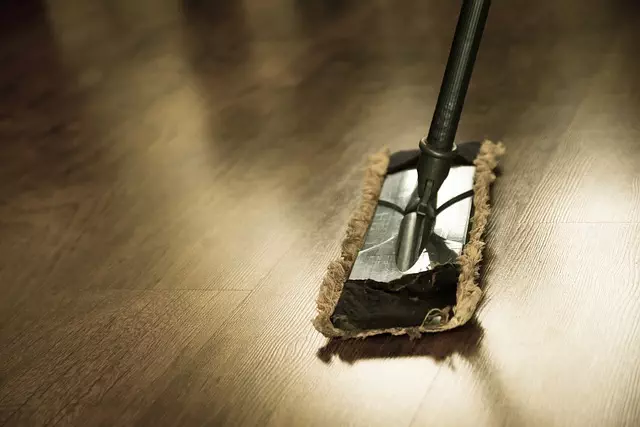
Kitchen floors are a critical component of any professional kitchen, seeing high foot traffic and constant exposure to moisture, food debris, and chemicals. Understanding the various floor types is key to effective kitchen floor cleaning. Different surfaces like ceramic tile, vinyl, concrete, or wood each have unique properties and maintenance requirements.
Ceramic tiles, common in many commercial kitchens, require regular mopping with a neutral detergent to remove grease and stains. Vinyl flooring, popular for its durability and water resistance, can be cleaned using specialized cleaners designed for commercial settings. Concrete floors may need sealers and frequent scrubbing to maintain their cleanliness, while wood floors demand gentle cleaning methods to avoid damage, often relying on sweeping and spot-cleaning with non-abrasive products. Proper cleaning techniques tailored to each surface type ensure hygiene, longevity, and the aesthetic appeal of the kitchen space.
Essential Tools and Equipment for Efficient Cleaning
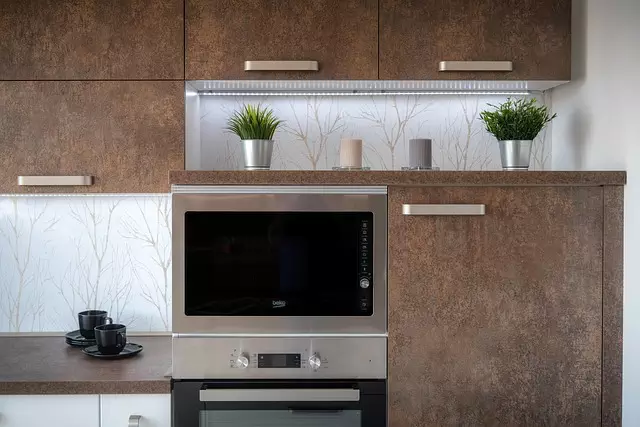
Efficient kitchen floor cleaning requires a well-equipped toolkit tailored for this specific task. The right equipment can make all the difference, ensuring a thorough clean in less time. Top on the list is a high-quality commercial vacuum cleaner designed to handle kitchens’ unique challenges. These machines are built to suck up not just dirt but also liquids, which is crucial for kitchen floors that often face spills and splashes.
Additionally, investing in a robust floor scrubber with adjustable settings can significantly enhance cleaning efficiency. This equipment allows for deep cleaning, removing stubborn stains and grime. Sponges, microfiber cloths, and squeegees are also essential tools to have on hand. They enable detailed cleaning of hard-to-reach areas and ensure that every corner is sparkling clean. Remember, the right tools can transform kitchen floor cleaning from a tedious chore into a manageable, even enjoyable, task.
Step-by-Step Guide to Deep Cleaning Your Kitchen Floor

Deep cleaning your kitchen floor is a necessary task that goes beyond daily sweeping and mopping. It involves a step-by-step process to ensure every nook and cranny is thoroughly cleansed, eliminating germs, stains, and grime. Begin by clearing all surfaces of any debris or objects, allowing easy access to the floor. Next, sweep or vacuum to remove loose dirt and dust, focusing on corners and under appliances where debris tends to accumulate.
For a deep clean, prepare a solution of warm water and mild detergent suitable for your flooring type. Dip your mop into the solution and wring out excess water; you want it damp, not soaking wet. Start cleaning from one corner, working in sections, and ensuring you cover all areas evenly. Pay extra attention to high-traffic zones and any visible stains. After completing each section, rinse the mop thoroughly in a clean bucket of warm water and repeat until your floor is sparkling clean.
Effective Cleaning Solutions for Different Stains and Odor Removal

Effective cleaning solutions are essential for professional kitchen floor cleaning, especially when dealing with various stains and odors. For greasy or oily residues, a blend of hot water and mild detergent is an excellent starting point. This simple yet powerful combination cuts through grime and leaves surfaces sparkling clean. For more stubborn stains like wine, coffee, or fruit juices, a specialized enzymatic cleaner can be used. These cleaners break down organic compounds, ensuring no trace of the spill remains.
Odor removal is another critical aspect of kitchen floor cleaning. Strong smells from food, chemicals, or previous cleaning products can linger. Using natural odor neutralizers like baking soda or essential oils not only eliminates odors but also adds a fresh scent to the space. In areas with high foot traffic or frequent spills, applying a protective coating or sealer can prevent future stains and make cleaning easier. Regular maintenance and quick response to spills are key to keeping kitchen floors in pristine condition.
Maintaining Hygiene and Safety Standards in a Commercial Kitchen

Maintaining hygiene and safety standards is paramount in a commercial kitchen, especially when it comes to kitchen floor cleaning. Regular and thorough cleaning plays a critical role in preventing foodborne illnesses and ensuring a safe environment for employees and customers alike. Proper floor maintenance not only involves removing visible dirt and debris but also disinfecting surfaces to eliminate harmful bacteria, viruses, and fungi.
Commercial kitchens often face unique challenges due to high foot traffic, constant food preparation, and the use of hot equipment. These factors contribute to quickly soiled floors, making it essential to have a robust cleaning regimen. Professional kitchen floor cleaning services employ specialized equipment and chemicals designed to handle this demanding task effectively. By adhering to strict hygiene standards, these services ensure that kitchen floors are not only clean but also safe, contributing to the overall health and well-being of everyone within the culinary space.
Tips for Regular Maintenance and Preventive Care

Regular maintenance is key to keeping your kitchen floor clean and lasting. Designate a specific time each week, ideally after peak meal times, for a quick sweep or mop. This simple step removes food debris and prevents it from setting in, making future cleaning easier. Additionally, wiping up spills immediately prevents staining and makes routine cleaning more effective.
For deeper cleaning, consider implementing preventive care measures like placing mats at entryways to minimize tracked-in dirt and moisture. Using non-slip mats under rugs can also reduce wear and tear on your floor. Regularly rotate kitchen rugs to ensure even wear patterns, as this prevents constant pressure from one area, prolonging the life of your flooring.
Common Mistakes to Avoid During Kitchen Floor Cleaning

When tackling kitchen floor cleaning, several common mistakes can be easily avoided to ensure optimal results and longevity of your floors. One of the biggest blunders is using inappropriate cleaning solutions for your specific floor type. Hardwood, tile, and vinyl each require unique care to prevent damage from harsh chemicals or excessive water. Over-saturating any floor can lead to warping, discolouration, or even mold growth.
Another mistake to steer clear of is skimping on mopping. In a high-traffic kitchen, regular, thorough mopping is essential to remove dirt and grime. Neglecting this routine maintenance not only leaves behind visible stains but also contributes to the wear and tear of your floors over time. Always remember: less is not more when it comes to cleaning solutions—using too little can be just as detrimental as using too much.

